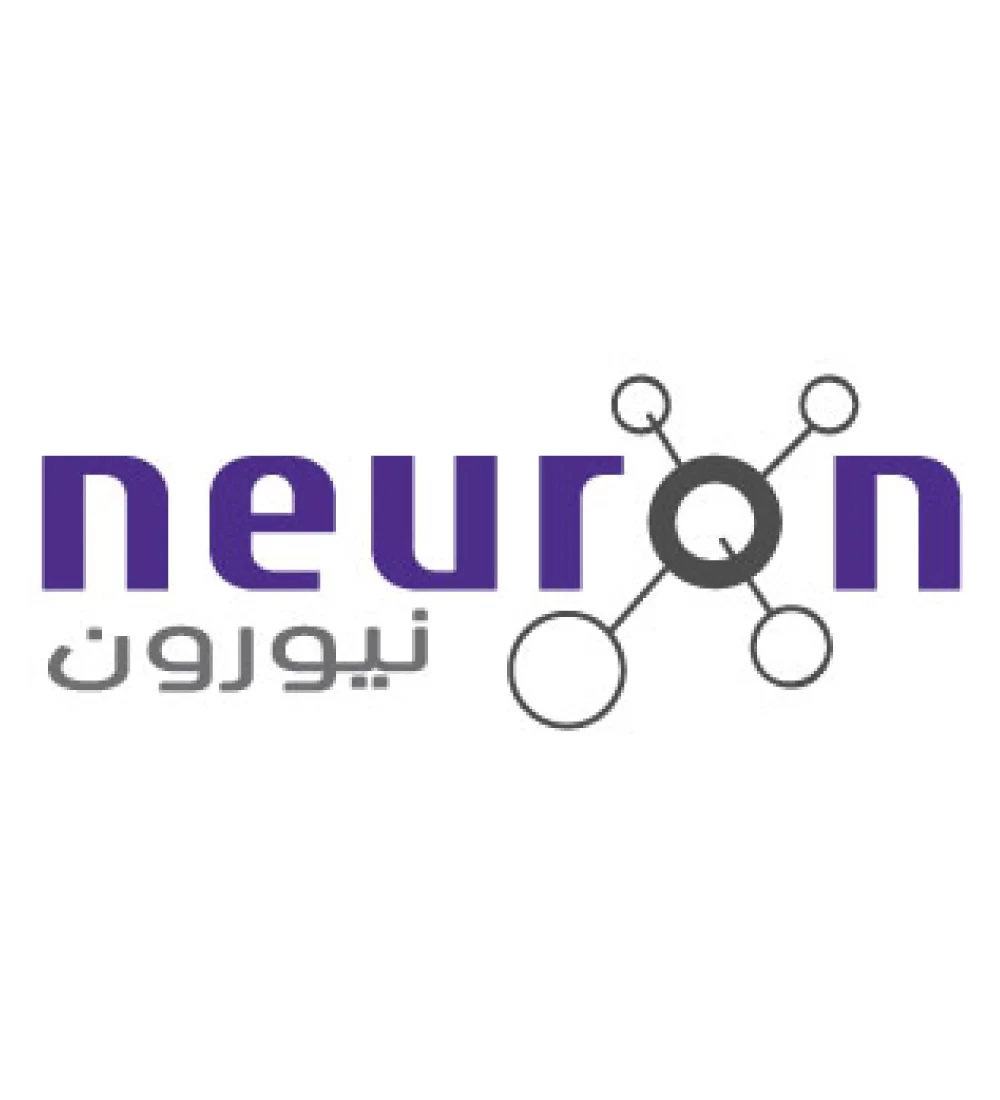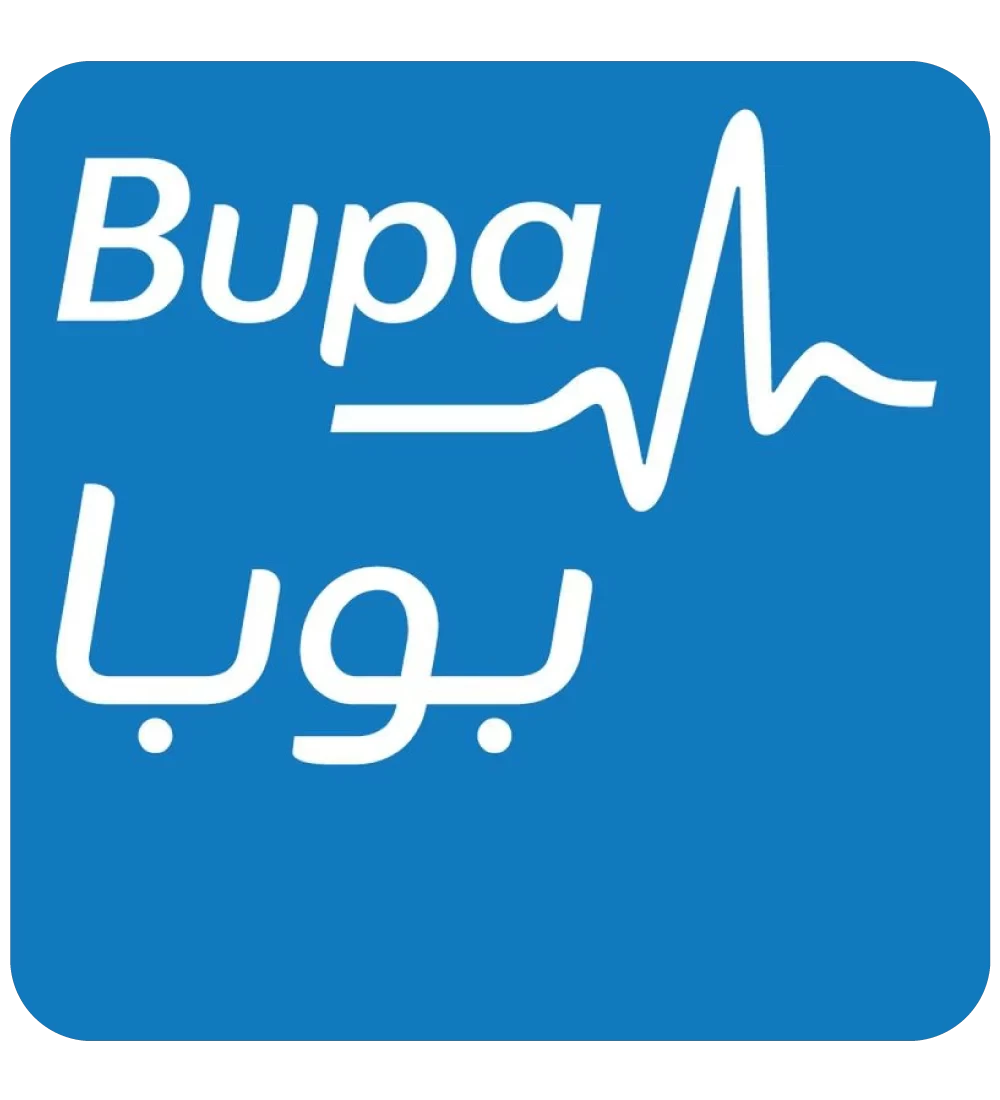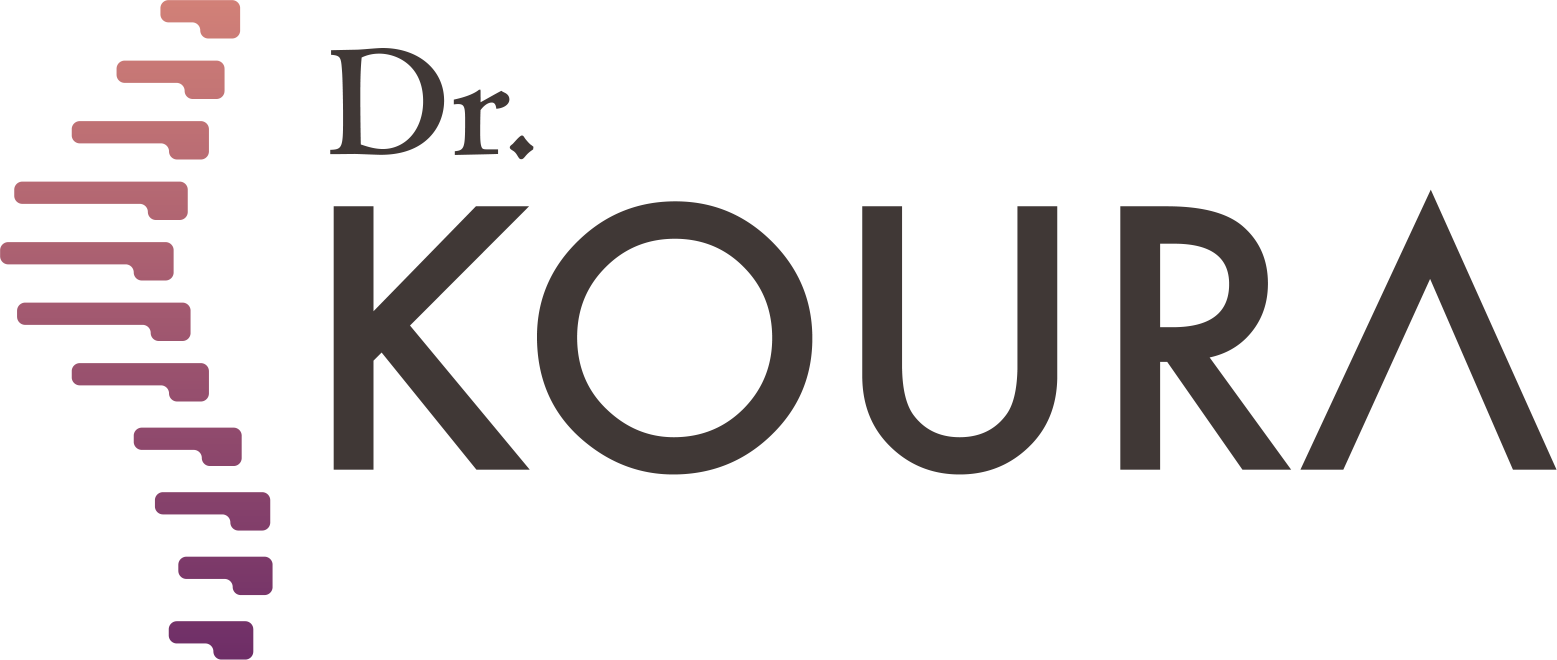
To see patients' reviews
Click hereJoint stiffness
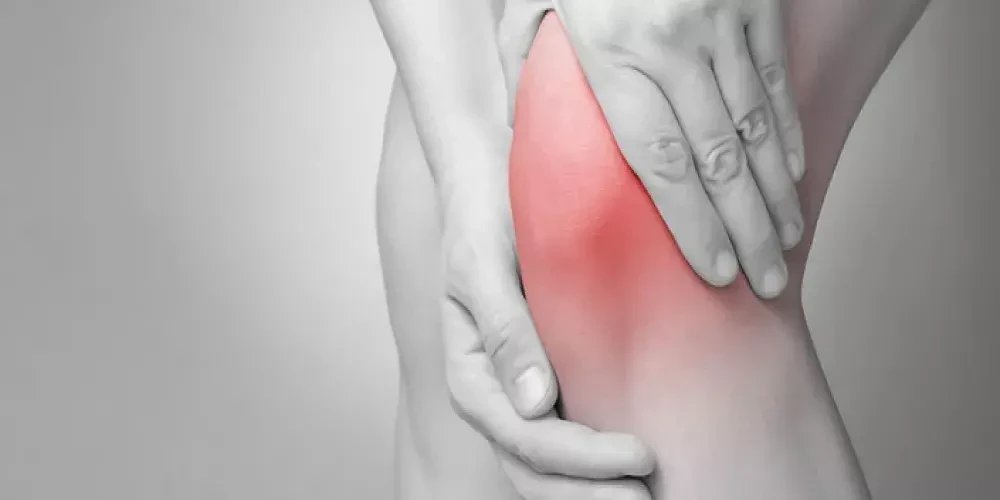

Osteoarthritis: Causes, Symptoms, and Advanced Treatment by Dr. Mohamed Koura
Osteoarthritis, also known as degenerative joint disease, is a medical condition caused by the erosion of cartilage that protects the ends of bones in joints. This leads to pain, stiffness, and difficulty in movement. Commonly affected areas include the knees, hips, and spine, often resulting in spinal pain. The condition worsens with aging, excess weight, or repetitive injuries. As the cartilage wears away, bones rub against each other, causing pain, swelling, and stiffness in the affected joint.
Treatment of osteoarthritis is managed by specialists like Dr. Mohamed Koura, who offers cutting-edge therapeutic techniques and medications designed to relieve symptoms and improve the quality of life. In advanced cases, surgical intervention under his expert supervision ensures effective results.
Common Symptoms of Osteoarthritis
Osteoarthritis significantly affects patients’ daily lives. The most common symptoms include:
- Pain: Worsens with joint movement or strenuous activities.
- Swelling: Cartilage damage leads to joint inflammation and swelling.
- Stiffness: Difficulty moving the joint, especially after inactivity.
- Reduced range of motion: Gradual loss of flexibility.
- Cracking sounds: Grinding or popping noises during joint movement due to bone friction.
Causes of Osteoarthritis
The likelihood of developing osteoarthritis varies among individuals, but common causes include:
- Aging: The primary risk factor, as cartilage naturally deteriorates with age.
- Excess weight: Increased stress on weight-bearing joints, like the knees and hips, accelerates cartilage wear.
- Repetitive injuries: Common in athletes and individuals with physically demanding jobs, leading to repeated cartilage damage.
- Genetics and bone deformities: Some people inherit weaker cartilage, or are born with bone abnormalities, increasing the risk of early osteoarthritis.
Innovative Treatments for Osteoarthritis
Treatment ranges from conservative non-surgical approaches to advanced interventions. Key options include:
1. Conservative Therapy
Ideal for early-stage osteoarthritis, aiming to reduce pain, inflammation, and improve joint mobility:
- Medications: Pain relievers and anti-inflammatory drugs.
- Physical therapy: Enhances joint flexibility and strengthens surrounding muscles.
- Hot and cold compresses: Relieve inflammation, swelling, and stiffness.
2. Radiofrequency Ablation
This non-surgical procedure uses heat waves to disrupt pain signals sent by nerves. Performed under imaging guidance with local anesthesia, it is a quick and safe option allowing patients to resume daily activities almost immediately.
3. PRP Injections
Platelet-Rich Plasma (PRP) therapy involves extracting a blood sample from the patient, processing it to concentrate platelets, and injecting it into the affected joint. This promotes natural healing, improves flexibility, and provides long-term pain relief.
4. Surgical Intervention
For severe cases unresponsive to other treatments, surgery may be necessary. Options include joint cleaning or full joint replacement with artificial implants, significantly improving joint function and reducing pain. Post-surgical physical therapy is essential for recovery.
Why Choose Dr. Mohamed Koura?
Dr. Mohamed Koura is a leading expert in interventional treatments for osteoarthritis, offering innovative and non-surgical solutions to restore mobility and comfort. His extensive expertise and use of advanced techniques have made his medical center one of the top facilities in Egypt and the Middle East for interventional joint and spine care. From radiofrequency ablation to PRP therapy, Dr.Koura ensures patients achieve optimal outcomes, enabling them to safely return to their daily activities.
Dr. Mohamed Koura is here to assist you using the latest therapeutic techniques, including thermal radiofrequency and laser treatments for spinal pain without surgery—book your appointment now from here.
Why Choose Dr. Mohamed Koura ?
Simply because he is the best doctor in his feild. He stays updated on the latest treatment technologies through his participation in various international conferences with leading foreign doctors and experts. Finally, and most importantly, Dr. Mohamed Koura is the best doctor in Egypt and the Arab world, possessing 12 non-surgical techniques for treating spinal and joint problems. He was the first to introduce modern interventional treatment techniques in Egypt & the Middle East and is the only one using the disc fx technique to treat spinal pain.
To see patients' reviews
Click hereCertainly not, some cases must be treated surgically, and the most appropriate technique for the patient is determined through a medical examination and the presence of imaging studies.
No, it is necessary to make a reservation through a phone call or social media messages.
There are no risks or side effects associated with non-surgical pain interventions.
The patient needs only 3 to 4 days before they can travel comfortably, and the hospital stay does not exceed 6 to 8 hours.
A condition cannot be accurately assessed and a proper medical diagnosis made without a medical examination and recent imaging studies.
Yes, there are several payment methods available through Visa or electronic wallets by making a reservation on our website.
Certainly, obesity is one of the causes of knee osteoarthritis.
Radiofrequency activates the nerve and does not cause any damage to it.
Non-surgical interventions are a definitive treatment for some cases and pain relievers for other cases, which is determined by the doctor through a medical examination.
If the herniated disc is fully treated, there is a possibility of it reoccurring in some cases, such as not following the doctor's prescribed instructions after the intervention, experiencing an accident, or making a sudden wrong movement like lifting heavy objects.
The entire disc is not removed due to the presence of several risks and it may exacerbate the condition. Only the protruding part that causes pain is removed.
This cannot be done with radiofrequency, but it is performed through other techniques that Dr. Koura conducts.
The success or failure of non-surgical interventions cannot be judged through radiographic imaging because these procedures involve making subtle changes to critical parts to address the issue. Consequently, they do not produce significant changes to avoid potential complications in the future or damage to the spine and joints, which is our primary goal.
Spinal stenosis does not typically cause sciatica. In most cases, disc herniation is what may lead to sciatica. This does not necessarily mean that a patient with sciatica will also have spinal stenosis.
Sciatica may return if the patient does not adhere to the medical instructions provided by the doctor or in the event of an unexpected accident.
A life without pain without surgery
Once you book with Dr. Koura
Get rid of pain with just one call.. Book your appointment now with pain Management consultant Dr. Koura.
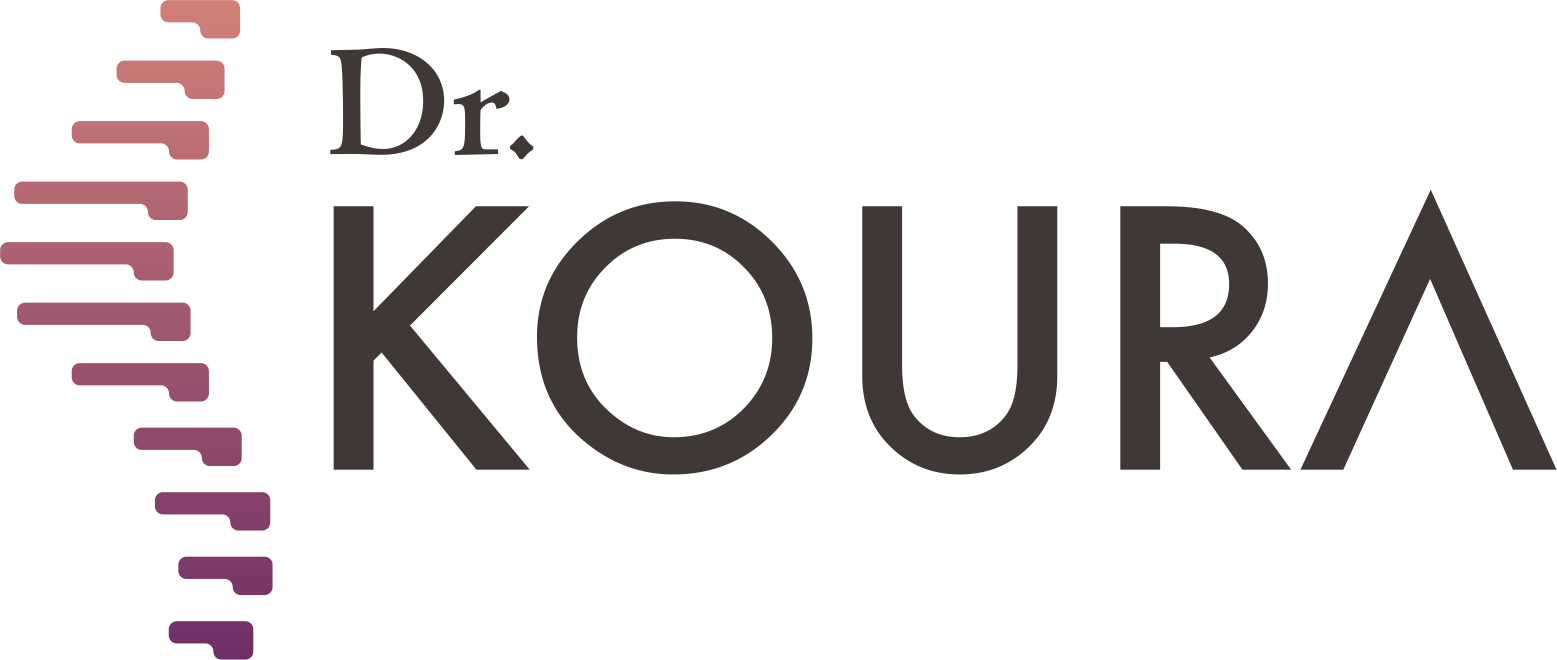





-webp.webp)




-webp.webp)







